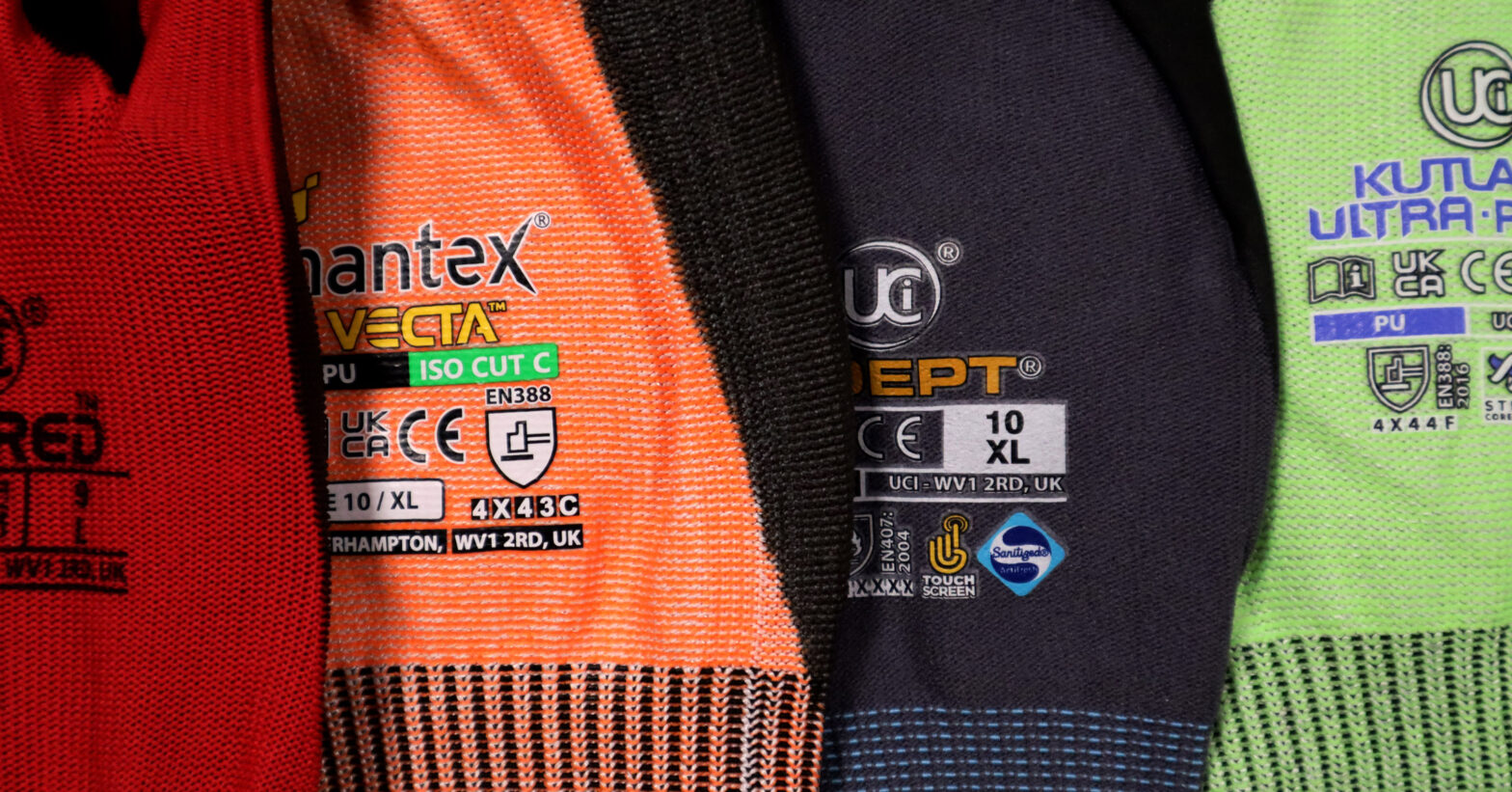
Protective gloves are an essential element in various industries, providing a crucial barrier between hands and potential hazards. Whether you’re working in construction, healthcare, laboratories, or any other field that involves potential hand injuries, selecting the right protective gloves is paramount. In this blog, we’ll explore some key factors to consider when choosing protective gloves to ensure the safety and well-being of workers.
Identify the Hazards
The first step in selecting the right hand protection is to identify the specific hazards workers may face within your work environment. Different gloves are designed to protect against various hazards, including chemicals, cuts, abrasions, punctures, and extreme temperatures. Understanding the nature of the work and potential risks is crucial to finding gloves that offer the correct level of protection.
Material Matters
Gloves come in a variety of materials, each suited for different purposes. Common materials include latex, nitrile, vinyl, neoprene, and leather. Consider the chemical resistance, durability, flexibility, and sensitivity required for the task at hand. For instance, nitrile gloves are often preferred in medical settings due to their resistance to chemicals and allergens, while leather gloves may be suitable for heavy-duty work in construction.
Glove Thickness
The thickness of protective gloves is directly related to their level of protection. Thicker gloves provide more protection against sharp objects, while thinner gloves offer greater dexterity and sensitivity. It’s essential to strike a balance based on the specific needs of your work. Tasks involving fine manipulation may require thinner gloves, while heavy-duty tasks may demand thicker, more robust options.
Size and Fit
Wearing the right-sized gloves is crucial for both comfort and protection. Ill-fitting gloves can compromise dexterity and expose hands to potential hazards. Consider the sizing charts provided by manufacturers and ensure that the gloves provide a snug yet comfortable fit. Top Tip: Consider the length of the gloves to ensure complete coverage of the hands and wrists.
Grip and Traction
The grip of protective gloves is vital, especially in environments where holding onto tools or objects is necessary. Look for gloves with textured surfaces or coatings that enhance grip and traction. This is particularly important in industries like construction or mechanics, where a secure grip can prevent accidents and improve overall efficiency.
Disposable vs. Reusable
Consider whether disposable or reusable gloves are more suitable for your needs. Disposable gloves are convenient for tasks that require frequent glove changes, such as in healthcare settings, while reusable gloves are more cost-effective for tasks with less frequent glove changes.
Compliance
When choosing gloves for a specific task, it is crucial to opt for gloves that offer workers the correct level of protection, as indicated by the applicable European (EN) or British (BS) standards. These standards play a vital role in verifying the suitability for their intended use. Each standard outlines the testing, classification, and labelling procedures for gloves designed to safeguard against specific types of hazards.
Smart Device Compatibility
As technology continues to play a significant role in various industries, the compatibility of protective gloves with smart devices has become increasingly important. In environments where workers use touchscreen devices, it’s crucial to select gloves that allow for seamless interaction. Look for gloves with touchscreen-compatible fingertips, enabling users to operate devices without having to remove their gloves.
Conclusion
Choosing the right protective gloves is a crucial aspect of ensuring workplace safety. By considering factors such as hazard identification, material, thickness, size, grip, and compliance with standards, you can make informed decisions that safeguard the well-being of workers and contribute to a safer working environment. Remember, investing time in selecting the right gloves is an investment in the health and safety of those who rely on them.




![stronghold global logo[94]](https://www.strongholdglobal.com/wp-content/uploads/2022/03/Stronghold-Global-Logo94.png)




